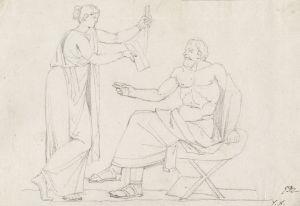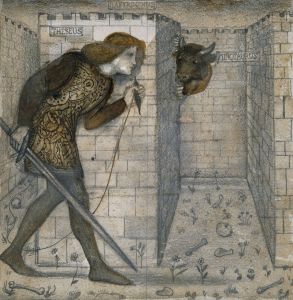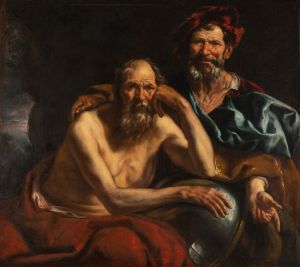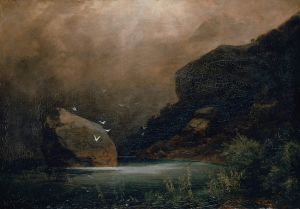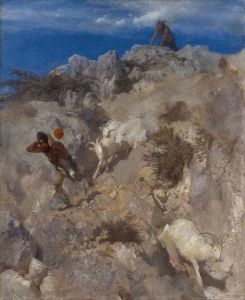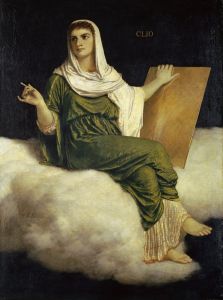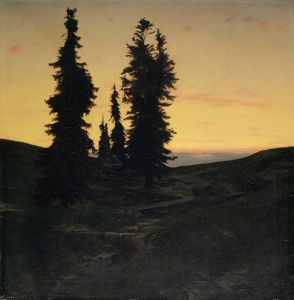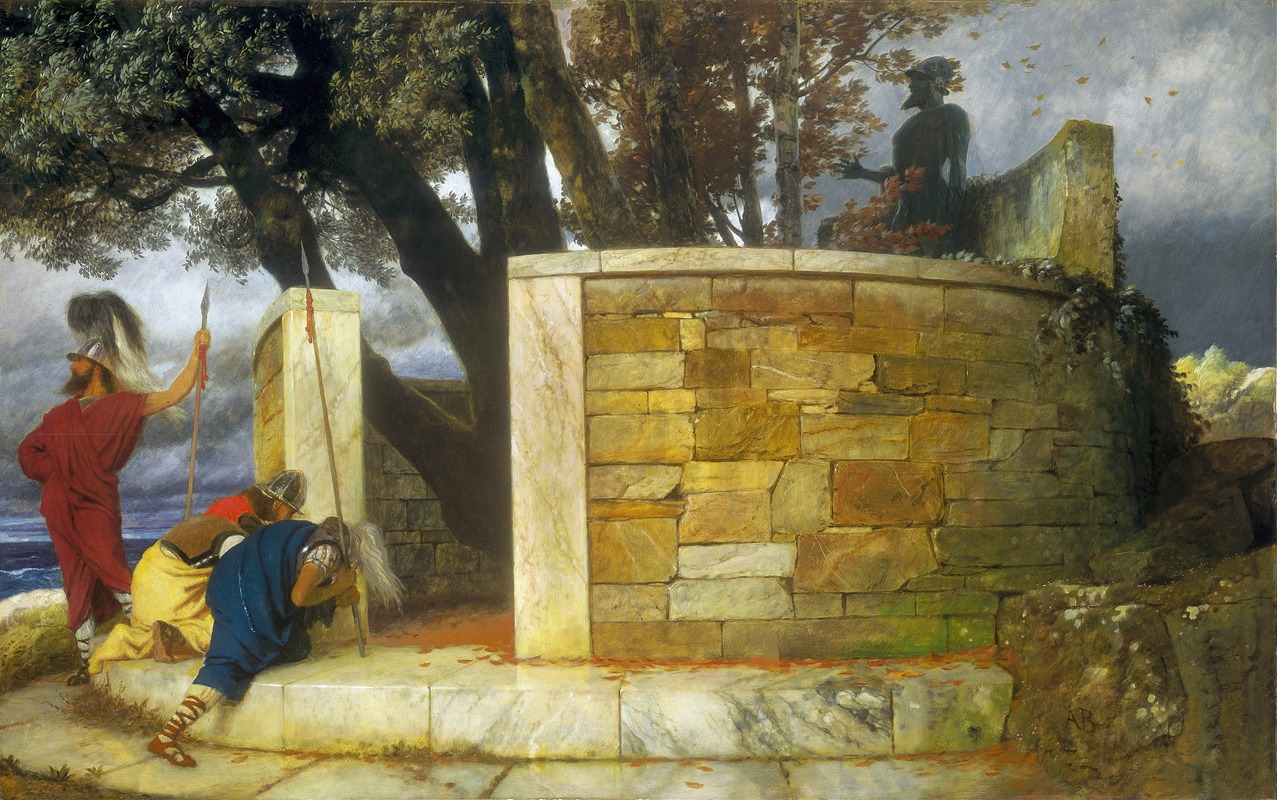
The Sanctuary of Hercules
A hand-painted replica of Arnold Böcklin’s masterpiece The Sanctuary of Hercules, meticulously crafted by professional artists to capture the true essence of the original. Each piece is created with museum-quality canvas and rare mineral pigments, carefully painted by experienced artists with delicate brushstrokes and rich, layered colors to perfectly recreate the texture of the original artwork. Unlike machine-printed reproductions, this hand-painted version brings the painting to life, infused with the artist’s emotions and skill in every stroke. Whether for personal collection or home decoration, it instantly elevates the artistic atmosphere of any space.
Arnold Böcklin's painting "The Sanctuary of Hercules" is a notable work by the Swiss symbolist artist, who is renowned for his imaginative and often fantastical compositions. Böcklin was born on October 16, 1827, in Basel, Switzerland, and he became one of the most influential painters of the 19th century, particularly known for his mythological and allegorical themes.
"The Sanctuary of Hercules" was completed in 1884, during a period when Böcklin was deeply engaged in exploring themes from classical mythology and ancient history. The painting depicts a serene and mystical landscape, dominated by a grand temple dedicated to Hercules, the Roman hero and god known for his strength and numerous far-reaching adventures.
In the composition, Böcklin employs his characteristic use of vivid colors and meticulous detail to create a sense of otherworldly tranquility. The temple, set against a backdrop of lush greenery and towering trees, is rendered with classical architectural elements, including imposing columns and a pediment. The structure exudes a sense of timelessness and reverence, fitting for a sanctuary dedicated to such a legendary figure.
The foreground of the painting features a tranquil body of water, reflecting the temple and the surrounding natural beauty. This reflective surface adds to the dreamlike quality of the scene, a hallmark of Böcklin's style. The inclusion of water is a recurring motif in Böcklin's work, often symbolizing the boundary between the real and the fantastical.
Böcklin's fascination with mythology and the ancient world is evident in "The Sanctuary of Hercules." The painting not only showcases his technical skill but also his ability to evoke a sense of mystery and wonder. The serene atmosphere and the harmonious integration of nature and architecture invite viewers to contemplate the mythological past and its enduring influence on the present.
Throughout his career, Böcklin's work was celebrated for its originality and emotional depth. He was a key figure in the Symbolist movement, which sought to express ideas and emotions through symbolic imagery rather than direct representation. "The Sanctuary of Hercules" exemplifies this approach, as it transcends mere depiction to evoke a deeper, almost spiritual experience.
Arnold Böcklin passed away on January 16, 1901, in Fiesole, Italy, but his legacy endures through his evocative and imaginative paintings. "The Sanctuary of Hercules" remains a testament to his artistic vision and his ability to transport viewers to a world where mythology and reality intertwine seamlessly.





